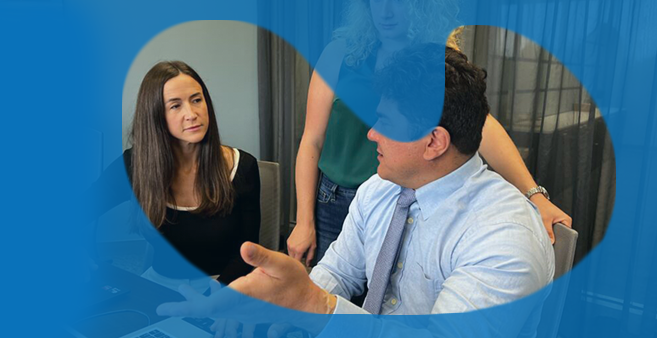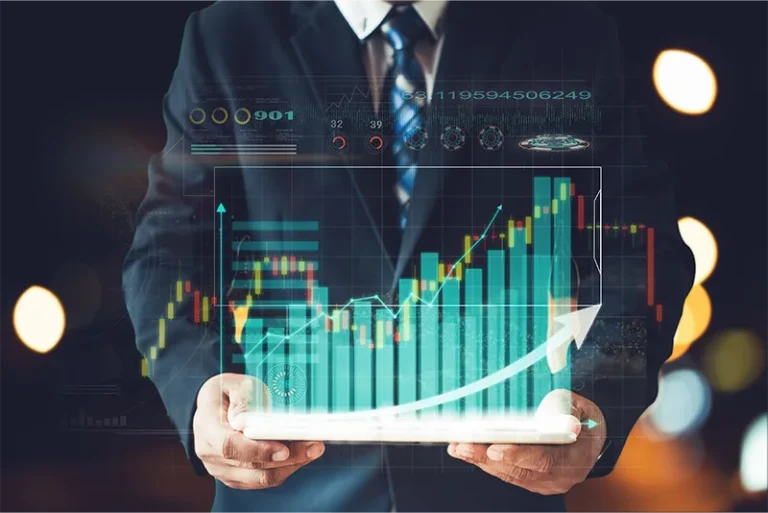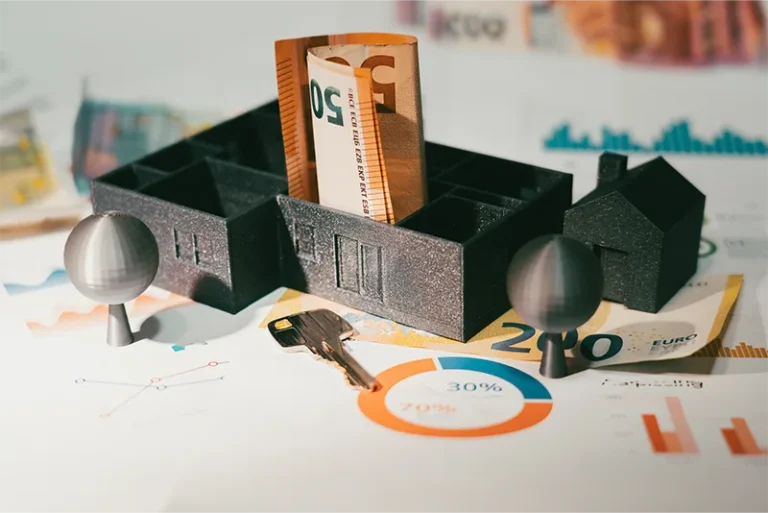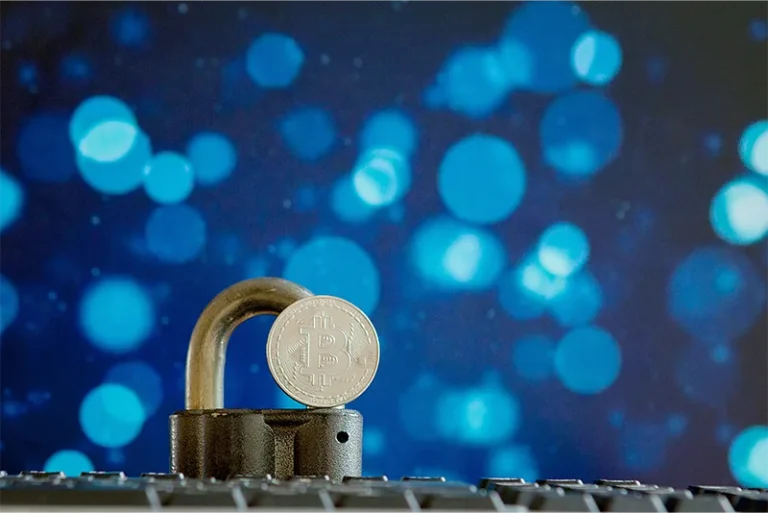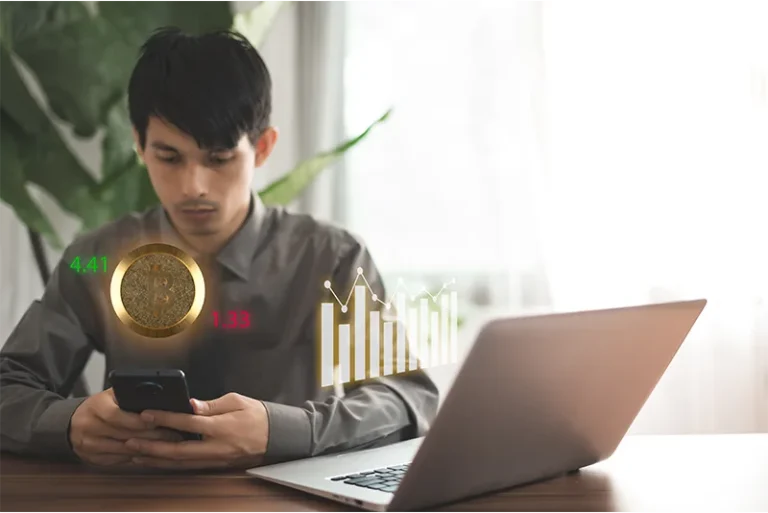
T7X Team
22 November, 2024
Tokenizing real-world assets (RWAs) is an innovative process that enables traditional physical assets, such as real estate, commodities, and artwork, to be digitally represented on a blockchain. This shift opens up new investment opportunities by making tangible assets accessible in smaller portions and providing a more transparent, secure, and efficient way to buy, sell, or trade assets. For beginners and experts alike, understanding the basics of tokenization, its benefits, and the steps involved can be instrumental in navigating the growing intersection between the physical and digital worlds.
What is Tokenization?
Tokenization is the process of converting ownership of a real-world asset into a digital token that lives on a blockchain. Each token represents a share or fractional ownership of the asset, allowing multiple individuals to own parts of an otherwise high-value asset. These tokens are securely stored and traded on blockchain platforms, where they retain traceable ownership histories and can be easily transferred between individuals. For example, tokenizing a piece of real estate means creating a set of digital tokens, each representing a specific percent of the property value. Rather than purchasing an entire building, an investor can now buy a token, granting them partial ownership of said building.
Why Tokenize Real-World Assets?
1. Increased Accessibility: Dividing high-value assets into smaller tokens enables more people to participate in markets once reserved for wealthy or institutional investors.
2. Enhanced Liquidity: Tokenized assets can be traded on digital marketplaces, making entry and exit faster than with traditional transfers.
3. Transparency and Security: Immutable on-chain records reduce fraud and provide clear ownership and transaction histories.
4. Fractional Ownership: Multiple investors can hold smaller shares, democratizing access and supporting diversified portfolios.
How Does Tokenization Work?
Step 1: Identifying and Valuing the Asset
Identify a suitable asset (real estate, artwork, metals, commodities) and conduct a professional valuation to define token count and ownership representation.
Step 2: Structuring the Token
Issue digital tokens on a blockchain, defining what each token represents (e.g., one square meter or one percent ownership) and the level of fractionalization.
Step 3: Establishing Legal Frameworks
Work with legal and regulatory experts to ensure tokens legally represent shares in the asset. Use smart contracts and traditional documents to define rights, obligations, payouts, and transfer conditions.
Step 4: Issuing and Distributing Tokens
Mint tokens and list them for purchase on the platform or marketplace. Investors hold tokens in wallets and can track and transfer them easily.
Step 5: Trading and Exiting Investments
Enable trading on decentralized or specialized exchanges. Holders can sell tokens to new investors, who assume ownership of the corresponding asset fraction.
Key Challenges in Tokenizing RWAs
Regulatory Compliance: Jurisdictions vary on treatment of tokens; adhering to local rules is essential.
Valuation and Appraisal: Accurate pricing—especially for unique assets—may require periodic re-evaluation.
Technological Security: Platforms must employ strong cybersecurity (e.g., multisig wallets, encryption).
Market Adoption: Education and trust-building are necessary for broader uptake.
The Future of Tokenized Real-World Assets
As blockchain matures, tokenization is poised to go mainstream. Financial institutions and startups are piloting platforms across sectors. Understanding accessibility, transparency, and liquidity provides a solid foundation for newcomers. With education, regulatory clarity, and better tech, tokenization will make high-value assets more accessible, secure, and efficient worldwide.
Conclusions
If you are new to RWAs, start with the basics: choose a well‑understood asset, verify legal structure, and use platforms that provide clear disclosures and secure wallets. Tokenization’s core benefits—fractional access, liquidity, and transparency—come to life when assets are properly valued, rights are well defined, and trading/settlement are automated on chain.
As standards mature, beginners can progress from learning the process to actively building diversified positions across tokenized asset classes. Focus on compliance, security, and education first; then use the efficiencies of blockchain to participate confidently. That progression is how newcomers translate the promise of tokenization into practical, long‑term investing.
Search here
Related post
Category
Let's Build the Future Together.
